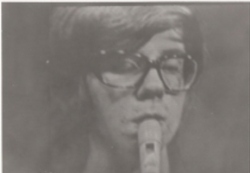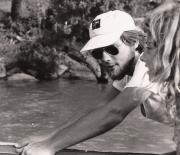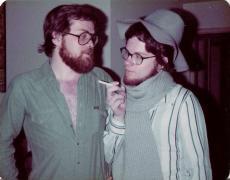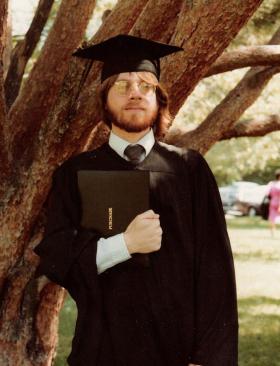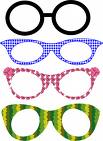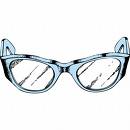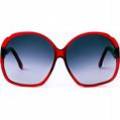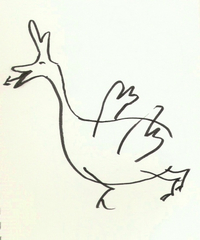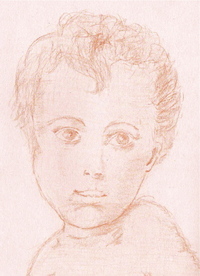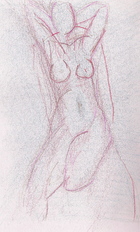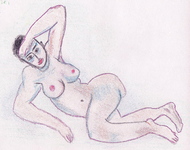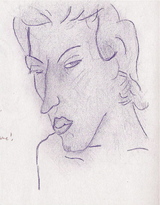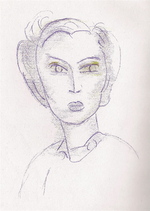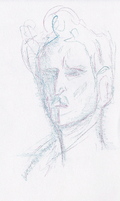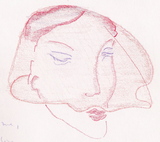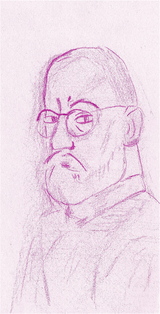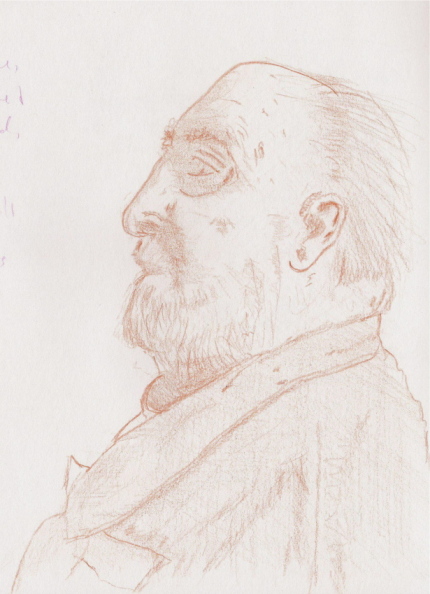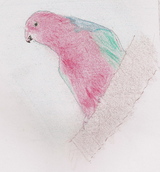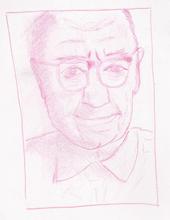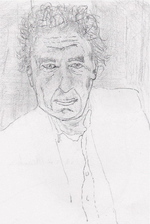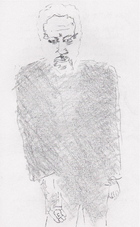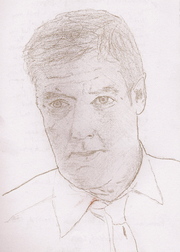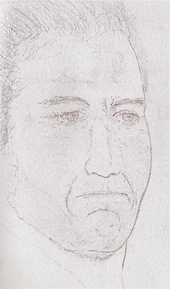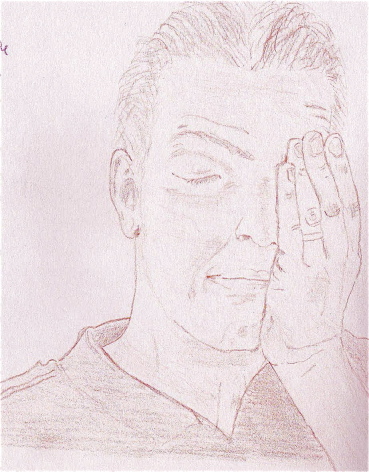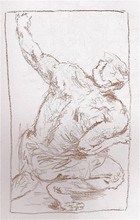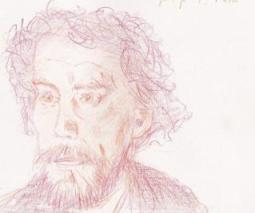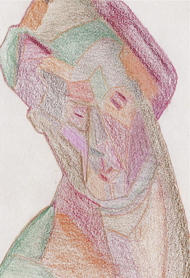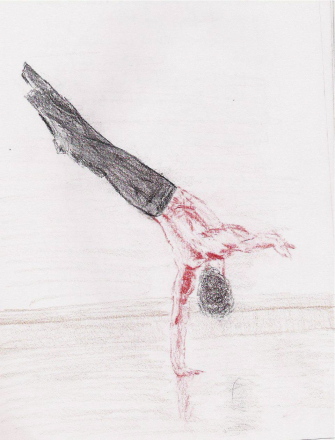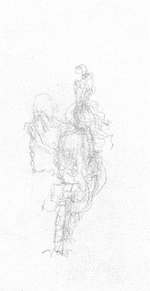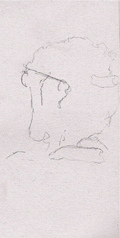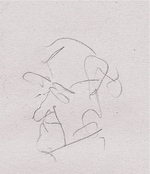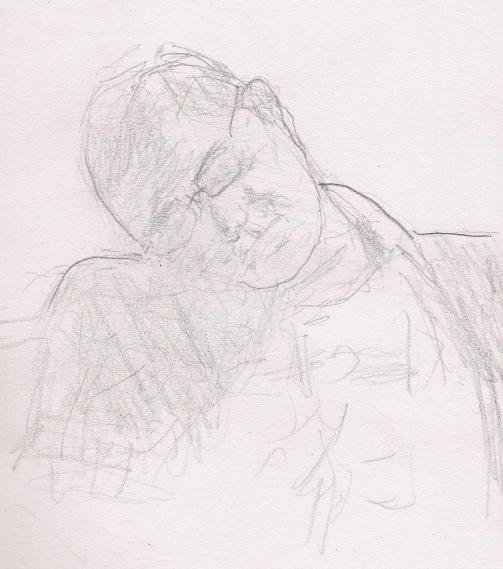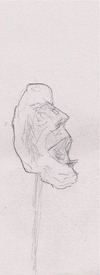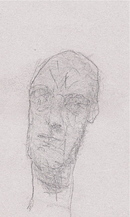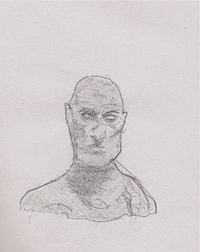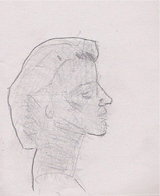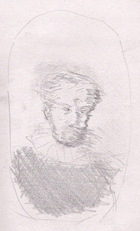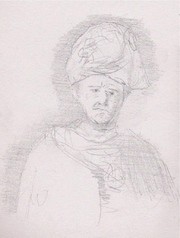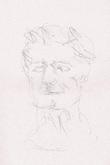In my recent post I stated that Multiple Personality Syndrome is the natural condition of every human being, and I promised to tell you how to trigger each of your inner personalities.
 Have you ever had the creeps just touching a shirt in a clothing store, or simply looking at it in a window? The creeps is a strong negative reaction you can’t quite fully understand or articulate. You might say the shirt is very ugly, but that doesn’t explain the strength of your reaction. What harm is there in an inert shirt, hanging at a safe distance? In the shirt itself, none. In the energies that the shirt evokes in your psyche, however, there’s tremendous POTENTIAL harm. That shirt is a Mask, and you’re afraid of it, afraid of the behaviors it’d trigger if you wore it. Deep down you know that, were you to put that shirt on, you’d become a pimp, a murderer, a pedophile, a religious fanatic, a retard. You know you have these personalities inside you, and most of the time you really don’t want them to come out at all.
Have you ever had the creeps just touching a shirt in a clothing store, or simply looking at it in a window? The creeps is a strong negative reaction you can’t quite fully understand or articulate. You might say the shirt is very ugly, but that doesn’t explain the strength of your reaction. What harm is there in an inert shirt, hanging at a safe distance? In the shirt itself, none. In the energies that the shirt evokes in your psyche, however, there’s tremendous POTENTIAL harm. That shirt is a Mask, and you’re afraid of it, afraid of the behaviors it’d trigger if you wore it. Deep down you know that, were you to put that shirt on, you’d become a pimp, a murderer, a pedophile, a religious fanatic, a retard. You know you have these personalities inside you, and most of the time you really don’t want them to come out at all.
The Mask, symbolized by that shirt, is an extremely powerful trigger.
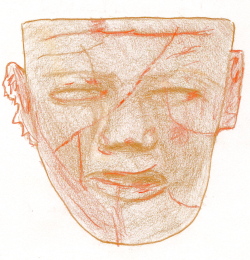 The Mask is many things. It can be a literal mask, like those used in sacred ceremonies in aboriginal cultures, or those we wear at costume parties and at Carnival time. Face paint is a version of this mask; and make-up is a version of face paint. Ergo, when you put make-up on you’re engaging in the same ritual as the aboriginal in the Amazon jungle who covers his face in red pigment: You’re summoning a different part of yourself to come to the fore.
The Mask is many things. It can be a literal mask, like those used in sacred ceremonies in aboriginal cultures, or those we wear at costume parties and at Carnival time. Face paint is a version of this mask; and make-up is a version of face paint. Ergo, when you put make-up on you’re engaging in the same ritual as the aboriginal in the Amazon jungle who covers his face in red pigment: You’re summoning a different part of yourself to come to the fore.
The Mask can be a piece of clothing as simple as a tie, or as elaborate as a theatrical getup that takes an hour to assemble before each performance. Go through your wardrobe and imagine how you really feel when you wear jeans and a T-shirt, as opposed to a slinky black dress, as opposed to a pantsuit, as opposed to a cashmere sweater, as opposed to a halter top. Or take two T-shirts, one red, one black. Aren’t you two different people when you wear one or the other? Perhaps very slightly different in this case, but different nevertheless.
The Mask can be a gesture, a little tic of body language: shrug your shoulders, and suddenly you’re a Jewish mother harping about her wayward son. Thrust your chest outward, and suddenly you’re a preening bodybuilder. Let your head hang down and sideways, and suddenly you’re a sad-sack loser with a victim mentality. The gesture invites a certain voice, an attitude, a way of behaving. All you need is ONE LITTLE TRIGGER, and an entire personality emerges.
The Mask can be something you do with your voice: a few words spoken high up in your voice, a growl, a four-letter word shouted with a nasal twang. And off you go, a new person altogether: a Brooklyn hoodlum, a priest with a secret past, a madam in a bordello in Berlin, circa 1923. A single word said with the right accent or tone of voice: that’s all it takes!
Charlie Chaplin was pottering around the movie set when he put on a small bowler hat and oversized shoes, picked up a cane… and, bingo! The Tramp was born whole, the gait, the personality, all gestures, attitudes, and reactions flowing naturally from the peculiar outfit that Chaplin had put on.
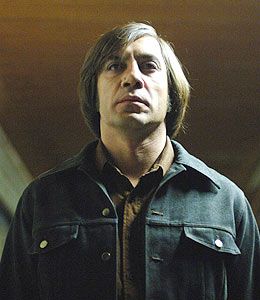 Javier Bardem played an evil psychopath in “No Country for Old Men,” the film made by the Coen brothers based on the novel of the same name by Cormac McCarthy. I read an interview with him in which he said the set hairdresser gave him a haircut… whereupon he became the psychopath he was meant to play. Bangs, that’s all it took! He couldn’t have played Prince Charming with those bangs. Or an action hero. Or a university professor. (Actually, I know a professor or three who have bangs, but this only proves the point.)
Javier Bardem played an evil psychopath in “No Country for Old Men,” the film made by the Coen brothers based on the novel of the same name by Cormac McCarthy. I read an interview with him in which he said the set hairdresser gave him a haircut… whereupon he became the psychopath he was meant to play. Bangs, that’s all it took! He couldn’t have played Prince Charming with those bangs. Or an action hero. Or a university professor. (Actually, I know a professor or three who have bangs, but this only proves the point.)
Look at a group photo of college students from about 1975. Those long fuzzy beards, those thick glasses with heavy frames, those broad-collared polyester shirts? They were “personalities,” not simple accoutrements. The personalities were triggered, intimately, directly, inevitably, by the accoutrements. Take one of those guys from that photo. Give him a shave, get him to wear contact lenses and a black linen shirt: He won’t be the same guy. He won’t talk the same way, pursue the same interests, or hang around with the same old gang.
You have the Brooklyn hoodlum and the madam and all the other crazies inside you. Most of the time you keep them quiet, deep within yourself. But part of the time you want them to come out; or you NEED them to come out; or you know they’ll do great harm but you’ll let them come out anyway; or you’ll yield to them and claim to be an unwilling victim. “I couldn’t help it!” In short, need, want, obligation, oversight, or compulsion might all cause one of those crazies to pop out of you and do his song-and-dance.
Since the crazies will come out anyway, how can you use their energies and skills constructively? Stay tuned!

